Today’s car buyers want something different — something more convenient than the traditional, and often highly pressurized, process of visiting a dealership and purchasing a vehicle. The auto industry is changing; change with it. Automotive digital marketing strategies enable you to deliver on evolving customer expectations. And sell more cars.
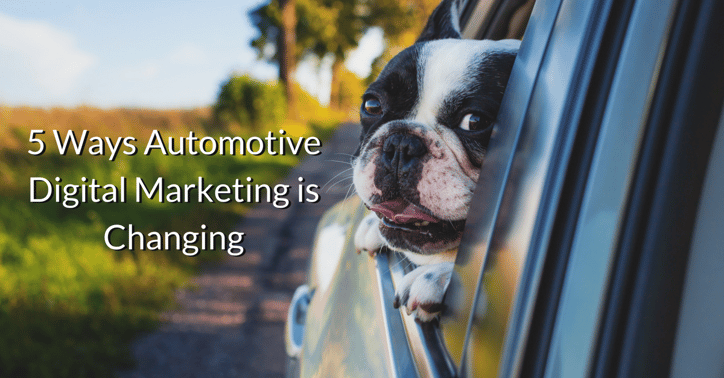
Just as the dynamics of car dealerships are shifting, so, too, are the techniques involved in digital marketing in this space. Five key trends:
- Emphasis on Personalization. Consumers want to be viewed as people, not numbers or part of a homogenous mass. This is the aim of personalized marketing. Techniques focus on delivering specified content and experiences based on where an individual is in the buying process, past behaviors, geography, and other factors.
T-shirt company BustedTees, for example, managed to increase email revenue 8% by simply trading email blasts to emails personalized by time zone. In the car world, personalization could mean tracking visitors and then serving customized ads in search displays or on Facebook, as well as sending special email offers. Taking these steps connects their experience across channels, a key to success in today’s selling environment. And the key to that key? Managing your data. Track, analyze, and act on these insights.
Other dealers take it a step further: they alter their website based on a visitors place on the buyer’s journey. For example, it might say, “Welcome back, Sue,” or “Ready to schedule your inspection?” for a returning customer. It’s a subtle change, but one that provides a differentiated experience to people.
- Integrated Experiences. As mentioned, it is critical that auto dealers create a consistent customer experience across channels. Consumers do not clearly distinguish offline from online worlds anymore: 88% of car shoppers use the internet to research options, and more are turning to their devices even as they visit dealerships and search for financing options.
Tellingly, 82% of car shoppers expect the website experience to be consistent with the dealership. They need to be able to look at a model on your site, get pricing information, compare other vehicles, and then walk into your dealership to continue the experience without interruption.
- Diversified Content. The majority of car buyers turn to online resources before ever visiting a dealership. When they visit your site, they don’t want the hard sell. They want information. Providing relevant content is critical. From blog posts and articles to social media and reviews, use muliple content forms and platforms to convey your unique value proposition (UVP).
In addition to the knowledge and thought leadership itself, consider how you can best leverage your content. Say you create a piece for your blog on 5 reasons to buy pre-owned or top 10 maintenance tips to keep your car looking and feeling like new. Post it on your blog, tweet about it, and put it up on Facebook. Using the same content in multiple ways helps you maximize value and save time.
- Adaptive Targeting and Retargeting. Think of the old stereotype of a car salesman. Loud, pushy, cares only about closing the sale. Now throw that away. Today’s sales professionals educate customers, and modern dealerships create customized experiences. Adaptive targeting involves talking to customers about what they care about and are interested in. You can, for example, simply ask customers what is most important to them. When they land on your site, have a little pop-up survey. What’s the top priority: Price? Safety? Color? Experience? Make/Model/Year? Then follow-up with targeted emails and ads (segmented carefully by answer/demographics).
- Focus on Education. All of these steps have focused on the customer experience. This is no accident. It is paramount that today’s dealerships deliver a seamless, easy, and convenient experience from start to finish, and beyond. Education is crucial. You add value to customers to providing great content and connectivity between platforms. Carry this over into the “real world.”
Automotive digital marketing is changing the online component of your business, but it’s also changing the physical component. Take the test drive, for example. This is a source of frustration from many customers who feel pressured and hurried. They want to learn about the vehicle at this point. Having salespeople trained and ready to educate can help you sell more cars.
The automotive market is changing. Are you changing with it?

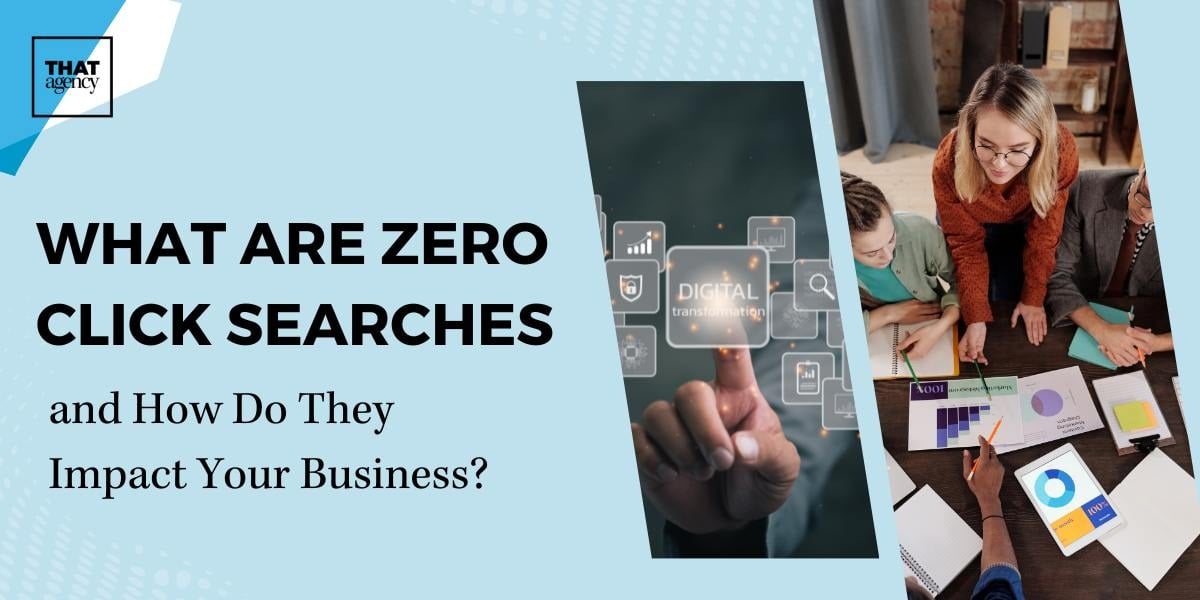
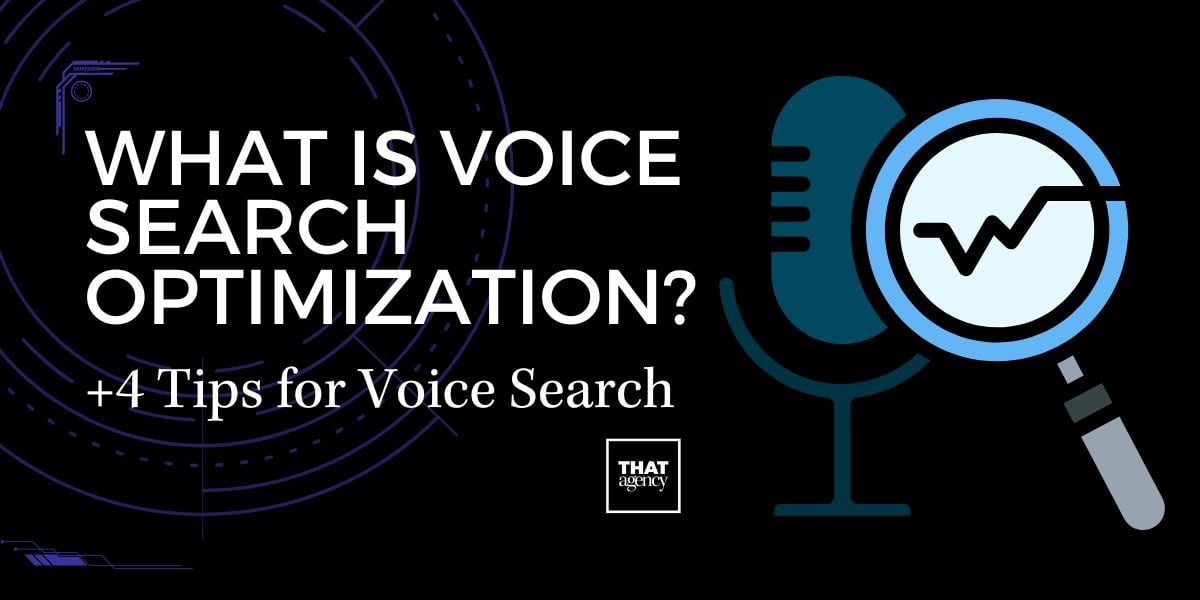
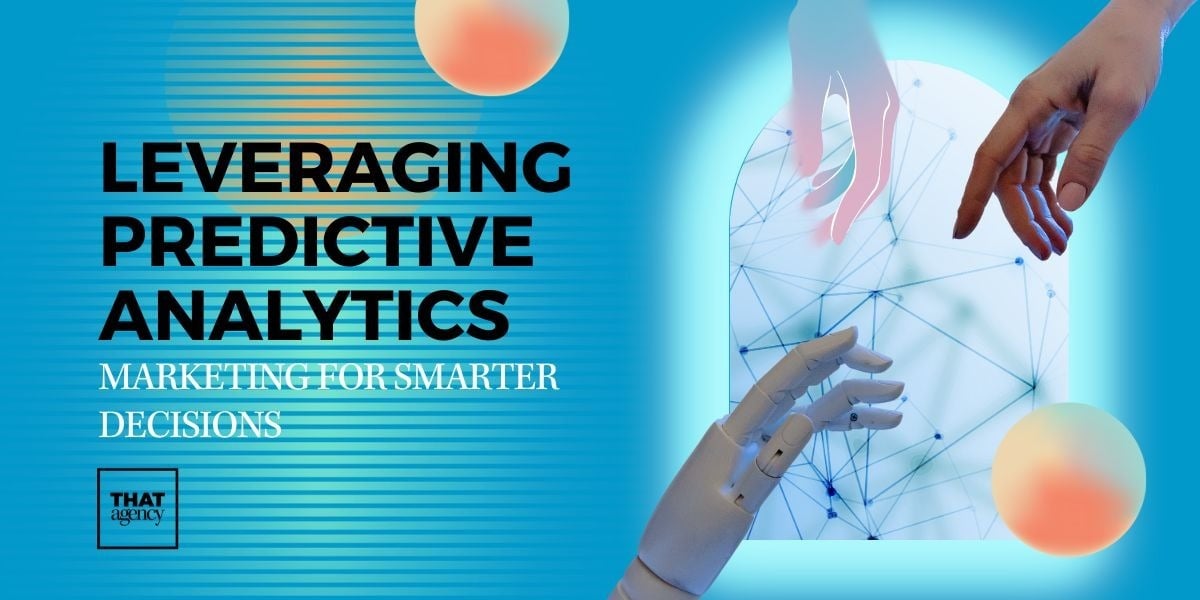
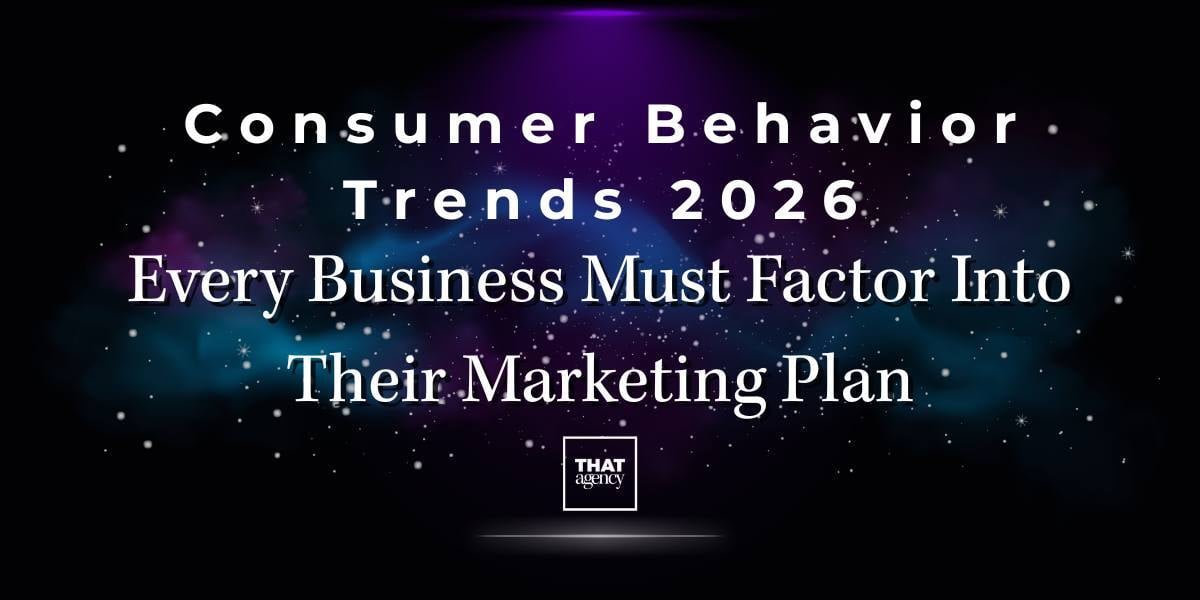
.jpg)